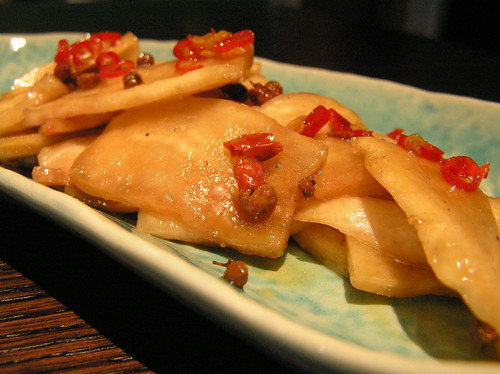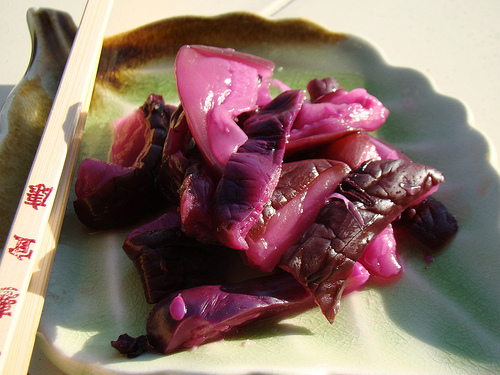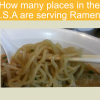Tsukemono - Japanese Preserved Vegetables

What Is Tsukemono?
The English translation of tsukemono is "pickled things." It is crunchy and salty and may have a sweet and sour or even a spicy flavor. They are preserved vegetables that are served as a snack or a side dish and they are also often used as garnishes. Before modern refrigeration, pickling food was one of the best methods to preserve food and they are many techniques to achieve the pickling process. In the past, most people preferred to prepare tsukemono themselves, and while many people still do, these days tsukemono is quite readily available in most Japanese supermarkets and a lot of people prefer the convenience of being able to purchase it, rather than making it themselves. A popular vegetable to pickle is Daikon.
How Tsukemono Is Made
Tsukemono is made using a tsukemonoki which translates to "vessel for pickled things." This Japanese pickle press is used to put pressure on salted vegetables. The pressure applied causes the vegetables to release their juices and when the juices mix with the salt it creates a brine solution which allows the vegetables to pickle.
How is Tsukemono Served
Tsukemono is served with nearly every traditional Japanese meal imaginable. It can be served any time throughout the day such as breakfast. During the morning hours, it is served as a light dish along with your other breakfast items such as miso soup and rice. It is also served after any meal for example dinner, because it is believed that it helps with our digestion. Finally, it is very popular in combo with your favourite whiskey during happy hours when you’re out at your local bar. It is a dynamic combo with sake as well.
We mentioned above that it is often served as a side dish or a garnish and the reason for that is because it either complements the food you are eating or acts as a palate cleanser between courses. Tsukemono can be made from all different kinds of vegetables and sometimes it is even made from fruit. Below are some common pickled dishes.
Umeboshi
These are Japanese plums that have been salted and dried. They have an extremely salty and sour taste and they are commonly used as a filling for Japanese rice balls. They are also said to aid in digestion.
Fukujin-zuke
This is made from daikon that is finely chopped, along with eggplant, cucumbers and other vegetables.

Senmai-zuke
This is made from giant turnips that are sliced very thin and marinated in a mixture of sweet vinegar.
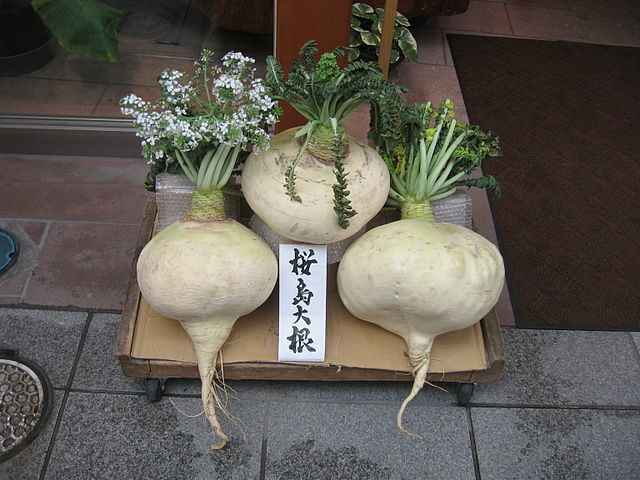
Takuan
This is made from sun-dried and pickled Japanese radishes. It is sweet and crunchy and often served alongside rice or other dishes.
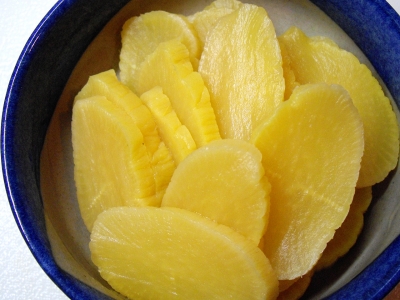
Beni Shoga Red Pickled Ginger
This is served as a condiment, appearing as a topping in many traditional Japanese dishes.
Gari Pink Pickled Ginger
This recipe calls for thin slices of ginger pickled with rice vinegar. It is served with sushi as a palate cleanser, allowing your taste buds to distinguish between the different flavors of sushi.
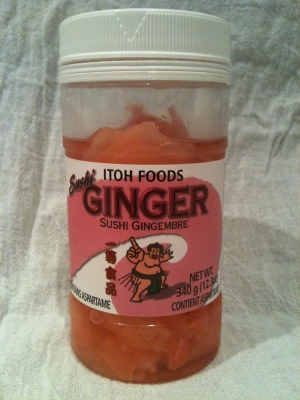
Shibazuke
This dish is made from pickled cucumber, eggplant, ginger, and perilla leaves. It is pickled in plum vinegar and has a salty and slightly sour taste.
These are just a few examples of the almost unlimited varieties of tsukemono.
You may be able to find other varieties in supermarkets that sell this type of food, and you can also find recipes so that you can make your own.


